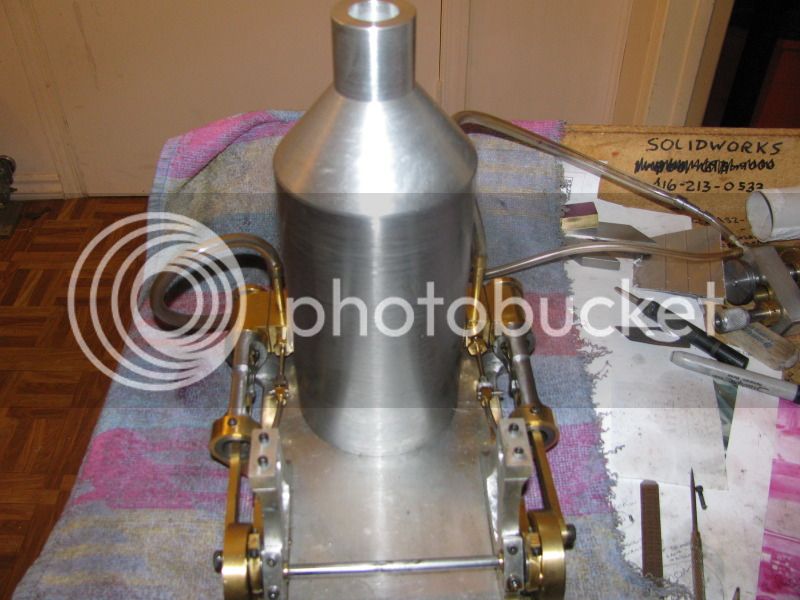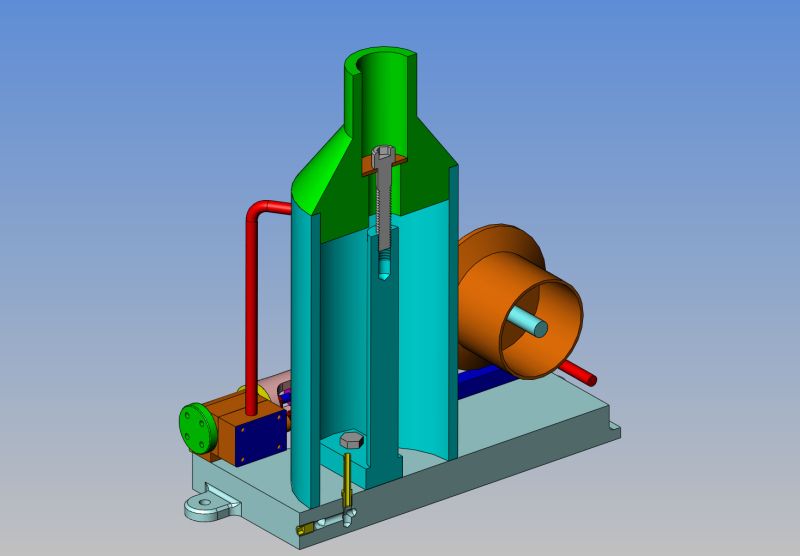We start this grand foofaraw by using a center finding square to locate the approximate center on one side and putting in a hole with the largest countersink tool I have. When this thing goes up in the chuck, the chuck is holding on with the "Tips of its fingers" and I don't want this coming out of the lathe at speed and hitting me!!!






















![DreamPlan Home Design and Landscaping Software Free for Windows [PC Download]](https://m.media-amazon.com/images/I/51kvZH2dVLL._SL500_.jpg)





















![MeshMagic 3D Free 3D Modeling Software [Download]](https://m.media-amazon.com/images/I/B1U+p8ewjGS._SL500_.png)






























